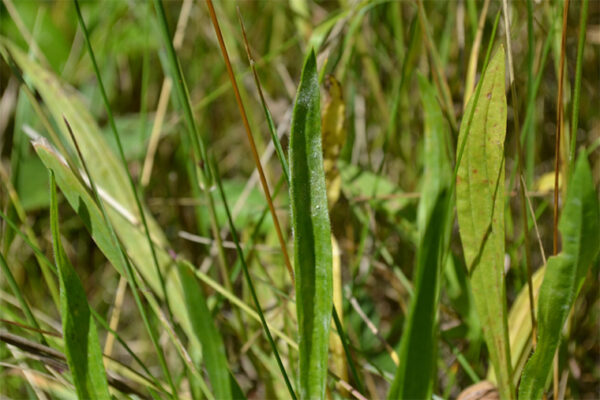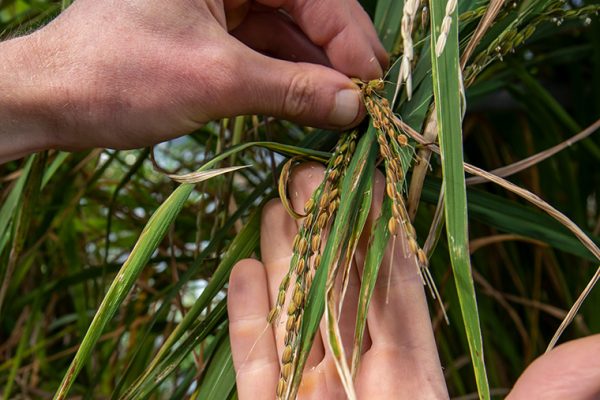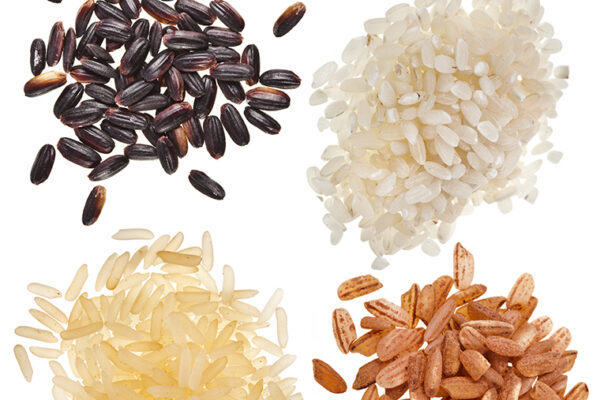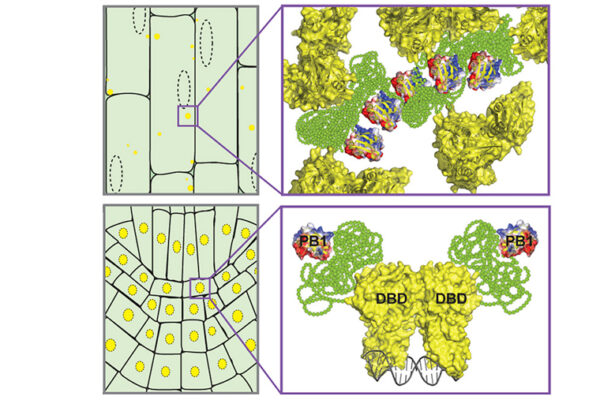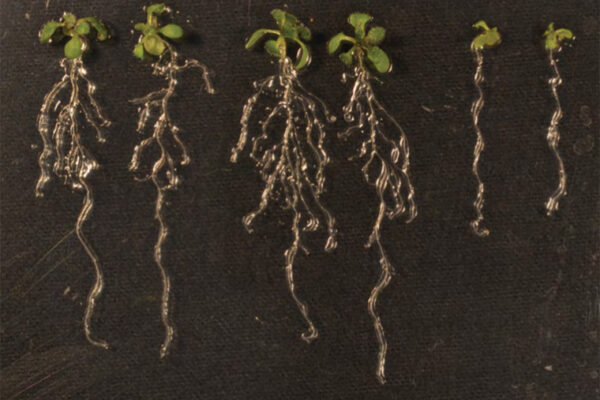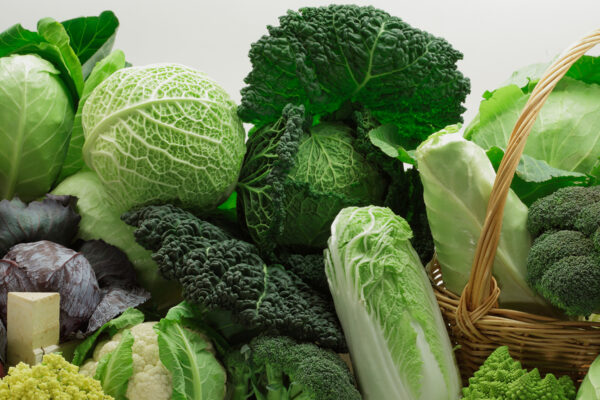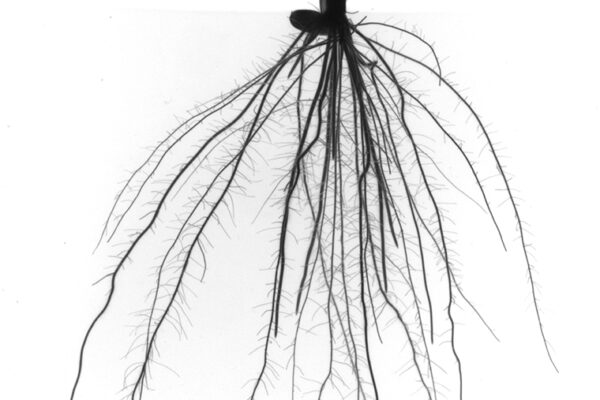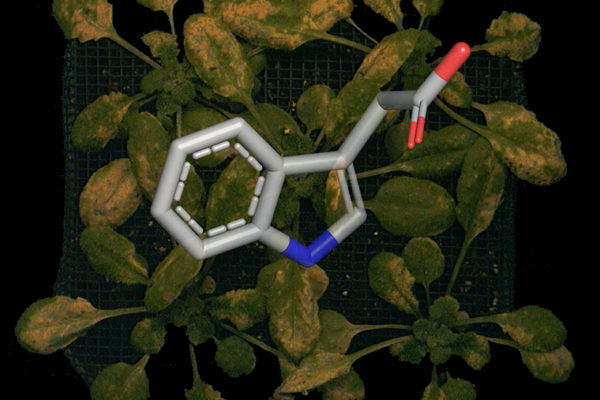Once infected, twice infected
Biologist Rachel Penczykowski in Arts & Sciences conducted a series of elegant experiments that capture how pathogen strains naturally accumulate on plants over a growing season. Her findings, reported in Nature Ecology & Evolution, reveal the importance of understanding interactions among pathogens when developing strategies for maintaining healthy crop populations.
Weedy rice is unintended legacy of Green Revolution
Weedy rice is a feral form of rice that infests paddies worldwide and aggressively outcompetes cultivated varieties. A new study led by biologists at Washington University in St. Louis shows that weed populations have evolved multiple times from cultivated rice, and a strikingly high proportion of contemporary Asian weed strains can be traced to a few Green Revolution cultivars that were widely grown in the late 20th century.
Grain traits traced to ‘dark matter’ of rice genome
Researchers from Washington University in St. Louis and the Chinese Academy of Agricultural Sciences discovered that rice domestication relied on selection for traits determined by a poorly understood portion of the rice genome.
And then there was light
New research from Washington University in St. Louis provides insight into how proteins called phytochromes sense light and contribute to how plants grow. Biologists used sophisticated techniques to structurally define the sequence of events that support the transition between light- and dark-adapted states.
Sticky proteins help plants know when — and where — to grow
When it comes to plant growth and development, one hormone is responsible for it all: auxin. New Washington University in St. Louis research has uncovered a mechanism by which it can affect a plant in a myriad of ways.
Putting the brakes on lateral root development
Biologist Lucia Strader in Arts & Sciences discovered a cellular transporter that links two of the most powerful hormones in plant development — auxin and cytokinin — and shows how they regulate root initiation and progression. Understanding why and how plants make different types of root architectures can help develop plants that better cope with distinct soil conditions and environments.
Mustering a milder mustard
Biologists in Arts & Sciences have mapped the crystal structure of a key protein that makes the metabolites responsible for the bitter taste in cruciferous plants like mustard and broccoli. The results could be used along with ongoing breeding strategies to manipulate crop plants for nutritional and taste benefits.
Rusted root: Weedy rice repeatedly evolves ‘cheater’ root traits
Researchers led by Kenneth M. Olsen in Arts & Sciences used a new imaging technique to reveal a takeover strategy that has worked for weedy rice over and over again: roots that minimize below-ground contact with other plants.
Plant’s recycling system important in sickness and in health
Autophagy has a remarkable influence on a plant’s metabolism even under healthy growing conditions, according to new research led by Richard Vierstra in Arts & Sciences.
Plotting the path of plant pathogens
In a sneak attack, some pathogenic microbes manipulate plant hormones to gain access to their hosts undetected. Biologists at Washington University in St. Louis have exposed one such interloper by characterizing the unique biochemical pathway it uses to synthesize auxin, a central hormone in plant development.
View More Stories
